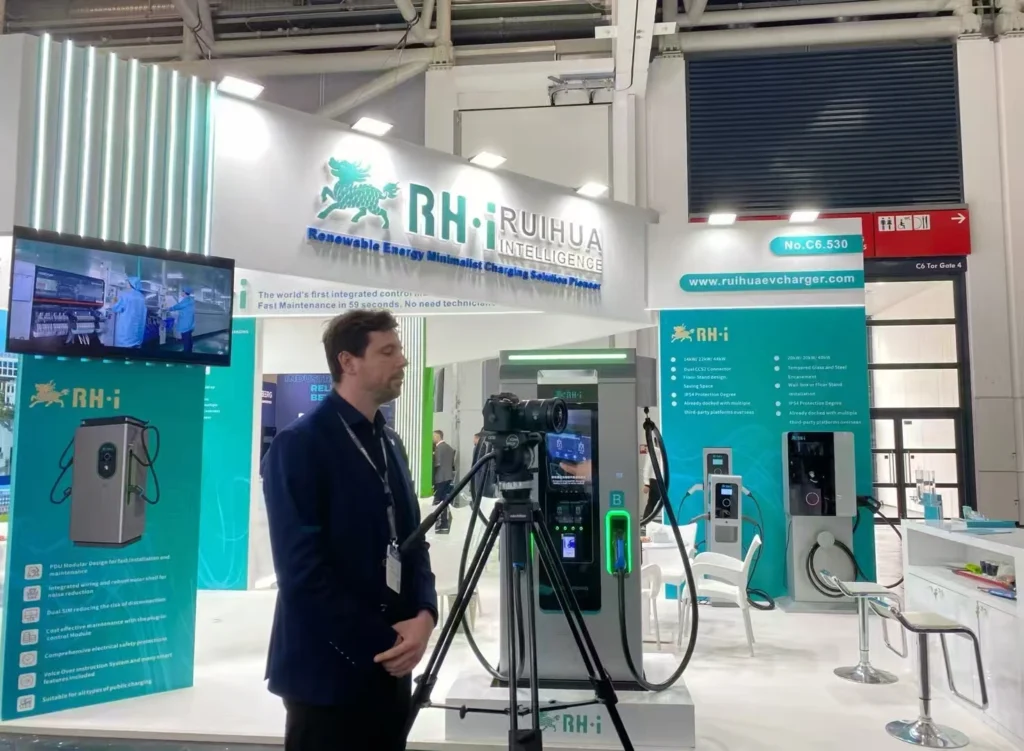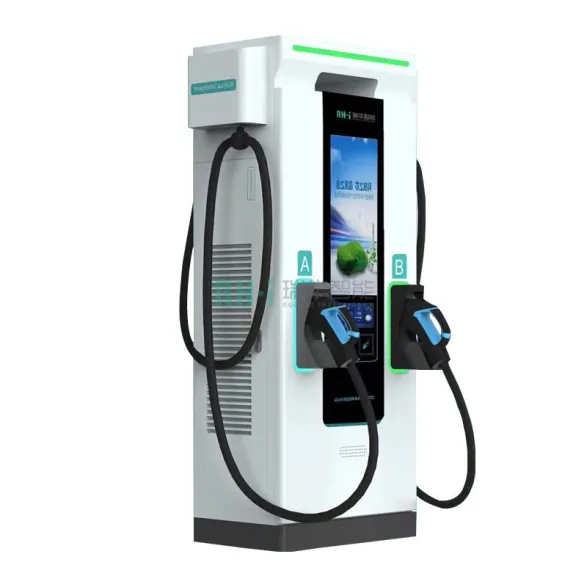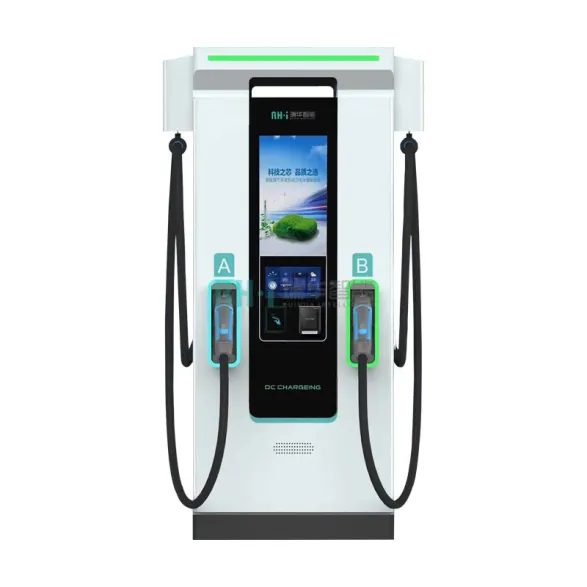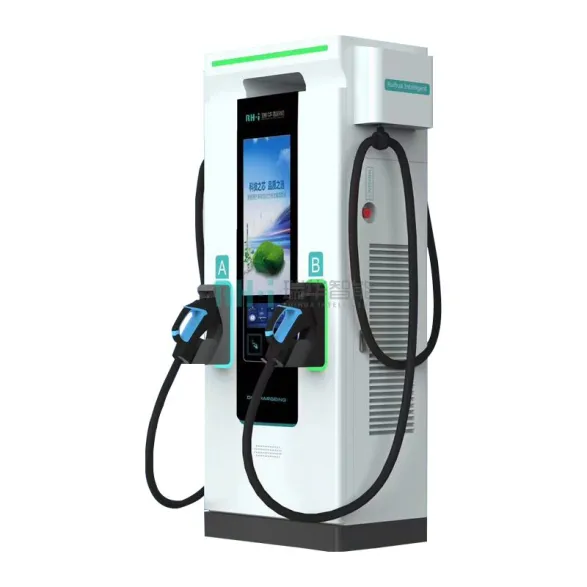Electric Charging Points: Your Complete Guide to Powering the Future
The transition to electric vehicles (EVs) is accelerating globally, and at the heart of this revolution lies a critical piece of infrastructure: electric charging points. Whether you’re an EV owner, a business exploring charging solutions, or simply curious about sustainable technology, this 2,000-word guide will unravel everything you need to know about electric charging points. From types and compatibility to installation tips and future trends, let’s dive into the world of EV charging.
What Are Electric Charging Points?
Electric charging points, often called EV charging stations or EVSE (Electric Vehicle Supply Equipment), are devices that deliver electrical energy to recharge electric vehicles. They act as the bridge between the power grid and your EV’s battery, enabling a seamless transition from fossil fuels to clean energy.
Key Components:
- Connector: Plugs into the vehicle’s charging port (e.g., CCS, Type 2).
- Charging Cable: Transfers electricity safely.
- Control Unit: Manages power flow and safety protocols.
- User Interface: Screens, buttons, or apps for starting/stopping sessions.
Why They Matter:
- Convenience: Charge at home, work, or public locations.
- Sustainability: Reduce carbon emissions by replacing gasoline.
- Cost Savings: Electricity is cheaper than fuel in most regions.
30kw DC EV Charger, Charging Station
Protection level: IP54
Number of guns: single gun design
Charging interface: CCS2, CHAdeMO, GB/T, etc.
50kw EV charger price, DC Fast Charging Station
Protection level: IP54
Number of guns: dual gun design
Charging interface: CCS2, CHAdeMO, GB/T, etc.
60kw DC Fast Charger Price, EV Charging Station
Protection level: IP54
Number of guns: dual gun design
Charging interface: CCS2, CHAdeMO, GB/T, etc.
100kw DC Fast Charger Price, EV Charging Station
Protection level: IP54
Number of guns: dual gun design
Charging interface: CCS2, CHAdeMO, GB/T, etc.
120 KW DC Fast Charger Cost, EV Charging Station
Protection level: IP54
Number of guns: dual gun design
Charging interface: CCS2, CHAdeMO, GB/T, etc.
150kw Charging Station, DC Fast Charger Cost
Protection level: IP54
Number of guns: dual gun design
Charging interface: CCS2, CHAdeMO, GB/T, etc.

180kw DC Fast Charger, EV Charger
Protection level: IP54
Number of guns: dual gun design
Charging interface: CCS2, CHAdeMO, GB/T, etc.
350 KW EV Charger Price, DC Fast Charging Stations
Protection level: IP54
Number of guns: dual gun design
Charging interface: CCS2, CHAdeMO, GB/T, etc.
Types of Electric Charging Points: Speed, Power, and Purpose
Electric charging points are categorized by their power output and charging speed. Understanding these types helps users choose the right option for their needs.
| Type | Power | Charging Speed | Best For | Pros | Cons | Example / Case Study |
| Level 1 (AC Slow) | 120V (standard household) | 3–5 miles of range per hour | Plug-in hybrids or short-distance EV users | No installation cost; uses existing outlets | Very slow; impractical for long-distance use | Nissan Leaf (40 kWh) takes ~40 hours to fully charge |
| Level 2 (AC Fast) | 240V (dedicated circuit) | 15–30 miles of range per hour | Homes, workplaces, public areas (e.g., malls) | Good balance of speed and cost; ideal for overnight charging | Installation costs: $500–$2,000 | Tesla Model 3 (60 kWh) charges 0–100% in ~8 hours |
| Level 3 (DC Fast) | 480V+ (industrial-grade) | 60–100+ miles of range in 20–30 mins | Highways, fleet operations, urgent charging needs | Very fast; essential for long trips | Expensive; not all EVs support it | Porsche Taycan: 5–80% in ~22 minutes with 270 kW charger |
7kw Home Charger, Single Phase EV Charger
Protection level: IP54
Number of guns: single gun design
Charging interface: CCS2, CHAdeMO, GB/T, etc.
11kW EV Charger, Home AC Car Charger
Protection level: IP54
Number of guns: single/dual gun design
Charging interface: CCS2, CHAdeMO, GB/T, etc.
19.2 KW EV Charger, AC Home Charger
Protection level: IP54
Number of guns: single gun design
Charging interface: CCS2, CHAdeMO, GB/T, etc.
Home 22kw EV Charger, AC Charging
Protection level: IP54
Number of guns: single gun design
Charging interface: CCS2, CHAdeMO, GB/T, etc.
Global Connector Standards: Plugging In Without Confusion
Electric charging points use different connectors depending on regional standards and vehicle compatibility. Here’s a breakdown:
| Connector Type | Regions | Design | Compatibility / Growth |
| CCS (Combined Charging System) | Dominant in Europe (CCS2) and North America (CCS1) | Combines AC and DC pins in one plug | BMW, Ford, Volkswagen, and most modern EVs |
| Type 2 (Mennekes) | Standard for AC charging in Europe | Seven-pin connector supporting single- or three-phase | Tesla (with adapter), Audi e-tron, and European EVs |
| CHAdeMO | Popular in Japan and older EV models | Round, bulky connector optimized for DC fast charging | Phasing out in favor of CCS in many markets |
| GB/T | China鈥檚 national standard | Unique AC and DC connectors for Chinese EVs | Expanding globally with brands like BYD and NIO |
Pro Tip:
Always carry an adapter when traveling internationally. For example, a CCS-to-CHAdeMO adapter can save the day in Japan!
Where to install Electric charging points: where it really matters
While the Tesla Model Y is California’s best-selling vehicle for the third year in a row, a more insidious infrastructure race is rewriting the U.S. energy landscape. Unlike the simple logic of “the more the merrier,” the spatial economics of charging networks reveal that precise location is the key to unlocking the acceptance of electric vehicles.
The home garage is becoming the new battleground for energy consumption
In the suburbs of Los Angeles, more than 60% of EV owners choose to install Level 2 charging equipment at home. It’s not just a matter of convenience – the federal government’s 30% tax credit (capped at 1,000) stacked with subsidies from California’s Self-GenerationIncentiveProgram makes it possible to compress the cost of installation to under 400.
Savvier homeowners are linking chargers to rooftop photovoltaic systems, and in Arizona, this integrated solution can save families $1,200 a year on their electricity bills. However, a new study by the U.S. Department of Energy points out that 35 million tenants across the U.S. still face a lack of private charging facilities.
Office Building Chargers Have Become a Tool for Talent Competition
The parking lots of Silicon Valley tech companies are in a charging arms race. Google’s Mountain View headquarters has deployed 500 smart charging spaces that are not only solar-powered, but also automatically assign charging time slots through employee ID recognition.
The rewards of this green perk are clear: LinkedIn research shows that companies with charging facilities are 27% more attractive to engineers. Even more groundbreaking is Ford’s partnership with Walmart – the latter’s BlueOval charging network, installed in 4,700 stores across the U.S., serves customers and powers its own fleet of electric vehicles, creating a new “charging-retail-logistics” trinity.
The Economics of Charging in Commercial Spaces
Starbucks’ experimental “Charge Café” in Colorado reveals a new trend: car owners stayed for 42 minutes on average, three times longer than in traditional cafes, and generated a 19% increase in spending. This “charging stay bonus” is reconfiguring the commercial real estate value assessment system, and the Lincoln Park neighborhood in Chicago has seen a 14% premium in commercial rents due to the density of DC fast-charging stations. More noteworthy is Walmart’s ambition: relying on Electrify America’s 5,600 parking lots across the U.S., the retail giant is turning its charging service into a new growth pole with annual revenue of $1.2 billion.
A revolution in highway energy replenishment
Tesla’s V4 Supercharger stations, deployed at 70-mile intervals on I-35 in Texas, mark the end of long-distance travel anxiety. Configured with solar-powered awnings and Starlink satellite networks, these stations transform traditional 15-minute waits for charging into high-value service periods – data shows that customer satisfaction is 33 percent higher at charging stations equipped with convenience stores. More strategically, the $5 billion allocated in the Biden Administration’s Infrastructure Act is building “charging oases” along key freight corridors across the U.S., with each station serving both hydrogen fueling and grid peaking functions.
This layered charging network architecture is essentially reconfiguring the spatial relationship between people and energy. From the private garage to the highway artery, each touchpoint is both an energy node and a data portal. When General Motors announced that charging revenues will exceed car sales in 2035, perhaps we are witnessing the arrival of the era of “charging networks as cities” predicted by Musk.
How to Use Electric Charging Points
Using electric charging points is simpler than ever. Here’s how to power up:
Step 1: Locate a Charger
Apps: PlugShare, ChargePoint, or your car’s navigation system.
Filters: Search by connector type (e.g., CCS), speed (Level 2/3), or network (e.g., EVgo).
Step 2: Authenticate and Start Charging
- QR Code Scan: Open your phone’s camera, scan the code on the charger, and follow the app prompts.
- RFID Cards: Swipe a membership card (e.g., Shell Recharge) for instant access.
- Plug-and-Charge: Newer EVs (e.g., Ford F-150 Lightning) automatically bill your account when plugged in.
Step 3: Monitor and Pay
- Real-Time Data: Track charging speed, cost, and battery level via the app.
- Pay-as-You-Go: Use a credit card or digital wallet (e.g., Apple Pay).
Subscriptions: Save with monthly plans (e.g., Tesla’s $12.99/month Supercharging membership).
The future of Electric Charging Points
When Tesla launched its first supercharging station in 2012, the ability to replenish 270 kilometers of range in 30 minutes was a sensation. Now, a decade later, charging technology is evolving at an even more astonishing pace – charging points are no longer just energy delivery devices, but are evolving into key nodes connecting energy networks, transportation systems and smart living. In this quiet revolution, five innovations are reshaping our traditional perception of charging.

Deep integration of renewable energy
In the small town of Coober Pedy in the Australian outback, the Tesla Solar Supercharger’s solar roof covers an entire parking lot. The system generates an average of 3.2 MWh of power per day and, together with a vanadium liquid current battery pack, achieves 100% off-grid operation. An even more ingenious idea is found in Northern Europe: Vattenfall’s offshore wind charging station, which utilizes submarine cables to transmit power generated by the turbines directly to charging posts off the coast. This direct connection between the source and the load enables transmission losses per kWh to be up to 18% lower than in conventional grids, opening up new paths for renewable energy consumption.
The Evolutionary Leap of Smart Networks
When the California power grid initiates demand response due to a high-temperature warning, the more than 5,000 charging piles in the ChargePoint system are automatically switched to “flexible charging” mode, with AI algorithms dynamically adjusting the charging curve for each vehicle based on real-time electricity prices, user trip data and grid loads – an intelligent group dispatch that reduces peak loads on the regional power grid by 15 percent. The peak load of the regional power grid dropped by 15%. A more far-reaching impact comes from the dialog between devices: charging piles that follow the OCPP 2.0 open protocol are building a cross-brand, cross-operator charging “neural network”. Just as smartphones have revolutionized communication, this open ecosystem will completely break down the boundaries of energy services.
Overcoming Challenges in Electric Charging Infrastructure
Uneven Charging Network Coverage
Like oases in the desert, rural India has only 1/8 the density of urban charging stations, and car owners in remote areas often have to travel tens of kilometers to find a charging point. The European Union is changing this situation through mandatory legislation, requiring all highways to set up fast-charging stations every 60 kilometers by 2025, and to guarantee the efficiency of replenishment in rural areas with more than 150kW of power. This policy-driven infrastructure expansion, together with the 90% installation subsidy for household charging piles provided by Germany and other countries, is weaving a charging network linking urban and rural areas.
The “language barrier” of charging ports
It’s like the dilemma of adapting plugs for cross-country travel. There are still five major charging standards in parallel, resulting in a 22% failure rate in cross-border charging.5 A pilot project at Munich Airport has shown that a multi-protocol adapter equipped with an intelligent recognition chip can increase the charging success rate to 97%, and the popularity of this “universal translator” type of solution is accelerating. A more fundamental breakthrough comes from the ISO 15118-20 standard, which enables “sensorless communication” between charging posts and vehicles, and the plug-and-charge experience reduces cross-brand compatibility certification time by 50%.
Technological Innovation and Policy Dividends
The U.S. federal tax credit policy directly cuts 30% of the installation cost of charging piles, while the application of silicon carbide material makes the conversion efficiency of charging modules exceed 98%, and the whole life cycle maintenance cost of equipment is reduced by 22%. Even more imaginative is the vehicle battery “double value development” – Manchester, UK V2G project proved that the cluster of 50 electric vehicles can offset the power grid load fluctuations of 6MW, the owner of the resulting income from the electricity bill can be covered by 40% of the annual charging expenditures.
This infrastructure change is quietly reshaping the energy landscape.
California’s power grid dynamically schedules 5,000 charging piles through AI algorithms, successfully cutting peak loads by 15 percent, while Norway’s nighttime tariff incentives for home chargers reduce residential charging costs to 50 percent of daytime costs. Just as smart phones subvert traditional communications, open protocols constructed charging “neural network” is breaking the boundaries of energy services, so that every electric car has become an active node of the smart city energy Internet.












